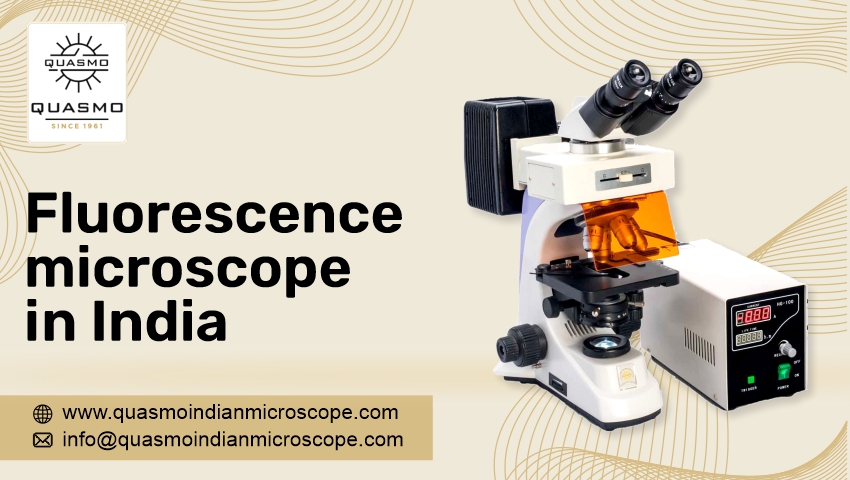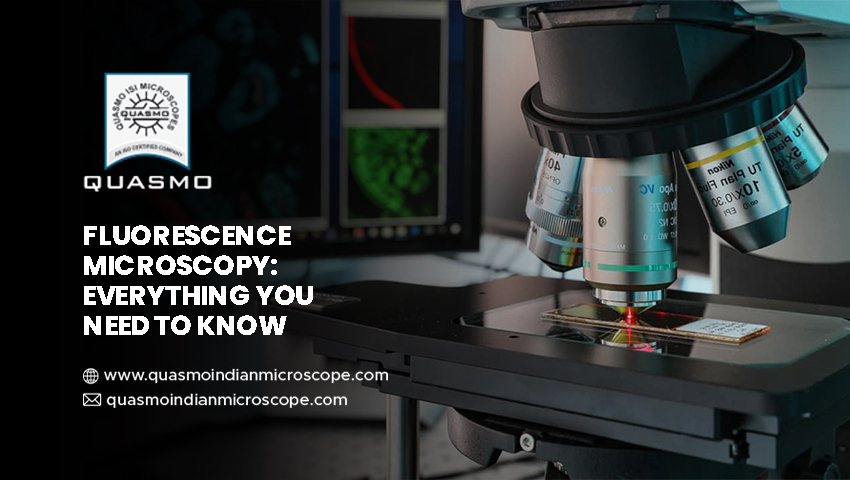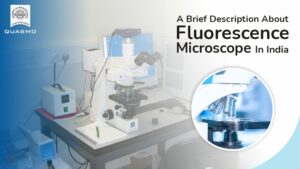 Choosing the right industrial microscope is crucial, considering the diverse needs across businesses and industries. At their core, businesses seek flexibility and operational efficiency. An ideal solution should offer enhanced resolution and sample contrast. Industries require a comprehensive overview, To simplify your decision-making, we’ve compiled the latest solutions for each microscope type, ensuring you can easily identify what best suits your business application. Make an informed choice for optimal results and efficiency.
Choosing the right industrial microscope is crucial, considering the diverse needs across businesses and industries. At their core, businesses seek flexibility and operational efficiency. An ideal solution should offer enhanced resolution and sample contrast. Industries require a comprehensive overview, To simplify your decision-making, we’ve compiled the latest solutions for each microscope type, ensuring you can easily identify what best suits your business application. Make an informed choice for optimal results and efficiency.
Introduction of Industrial Microscopes
Industrial microscopes are advanced optical instruments designed for inspecting and analyzing tiny objects in various industrial applications. These microscopes employ high magnification and illumination techniques to scrutinize the intricate details of materials, components, and specimens. Widely used in manufacturing, research, and quality control processes, industrial microscopes play a crucial role in ensuring precision and accuracy. They enable professionals to examine microstructures, defects, and surface finishes, contributing to the enhancement of product quality and overall industrial efficiency.
Diverse Applications of Industrial Microscopes Across Industries
1. Manufacturing: Industrial microscopes aid in inspecting and analyzing the quality of manufactured components, ensuring adherence to precise specifications.
2. Electronics: In the electronics industry, these microscopes are crucial for examining intricate circuitry, identifying defects, and ensuring the production of reliable electronic devices.
3. Material Science: Industrial microscopes are indispensable for material scientists, helping them study the microstructures and properties of various materials and influencing advancements in material science.
4. Medical Devices: Used in medical device manufacturing to scrutinize tiny components, ensuring the production of high-quality and reliable medical equipment.
5. Quality Control: Across industries, industrial microscopes play a vital role in quality control processes, helping detect defects, assess surface finishes, and maintain overall product integrity.
Types of Microscopes for Different Industries
Explore a spectrum of industrial microscopes tailored to your unique industry needs.
Comparison Microscopes: Utilized for side-by-side specimen comparison, these microscopes are vital in forensic analysis, particularly for examining toolmarks, bullets, and other evidence. They facilitate detailed visual comparisons, aiding investigators and forensic experts in criminal investigations.
Gemological Microscopes: Specifically designed for examining gemstones, gemological microscopes assist gemologists in assessing the quality, authenticity, and identification of inclusions or flaws in precious stones. Essential in the jewelry industry, these microscopes contribute to accurate gemstone evaluation.
Magnoscope Microscopes: Magnoscope microscopes are versatile instruments that provide high magnification levels, making them ideal for intricate inspections in fields such as electronics, biology, and materials science. Their adaptability and precision make them valuable tools for diverse applications requiring detailed analysis.
Projection Microscopes: Projection microscopes utilize optical systems to project magnified images onto screens for group viewing. Commonly used in educational settings, these microscopes facilitate teaching and presentations, allowing multiple individuals to observe and learn from the same specimen simultaneously. Ideal for classroom environments and collaborative learning experiences.
Conclusion
If you’re in search of a trustworthy industrial microscope manufacturer in India, look no further than Quasmo Microscope. We take pride in being the best in the industry, offering top-notch microscopes tailored to diverse needs. Our commitment to quality ensures you receive the finest instruments for your applications. Explore our range of microscopes and accessories, and choose us for unparalleled reliability and precision in industrial microscopy.






